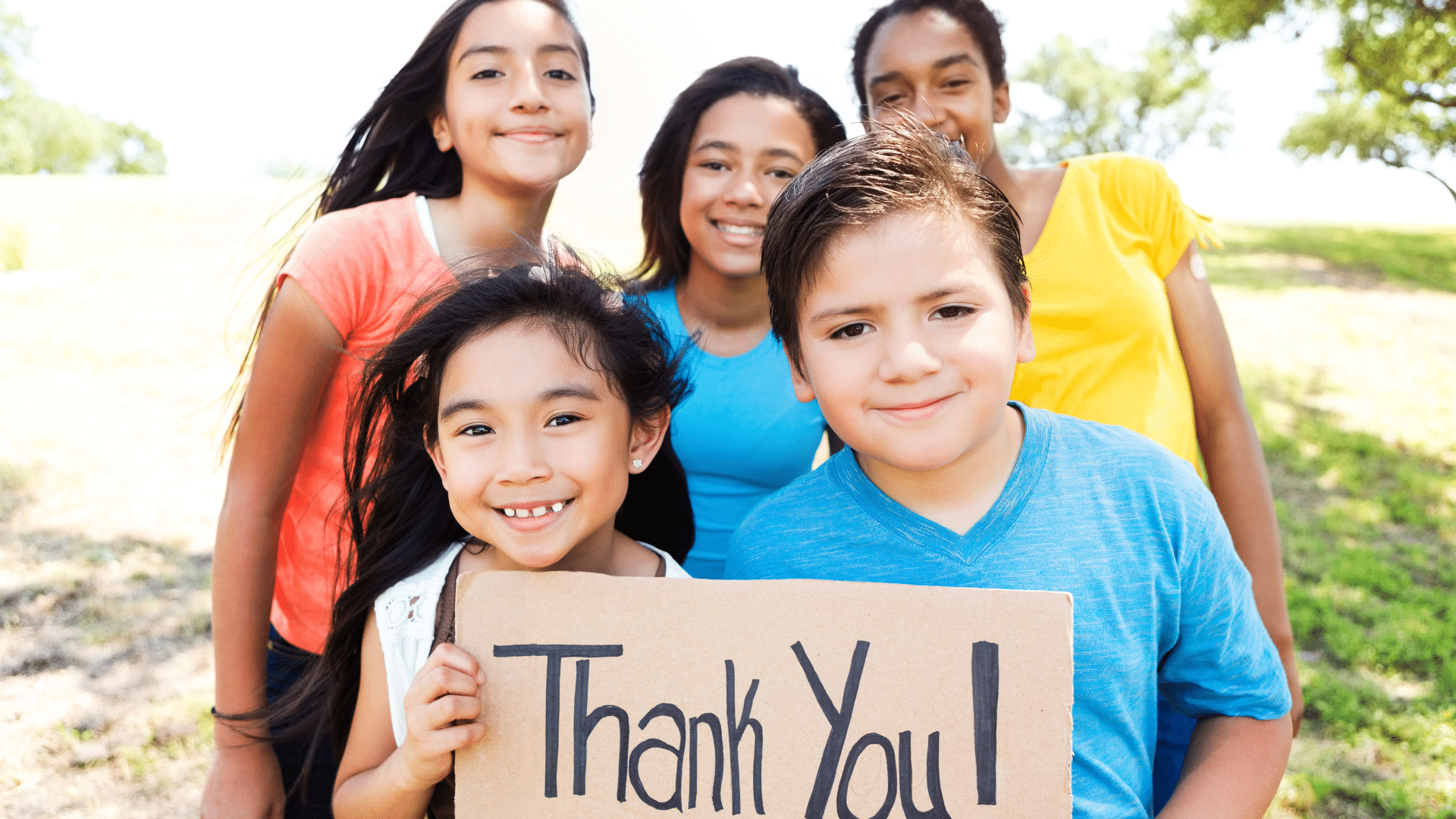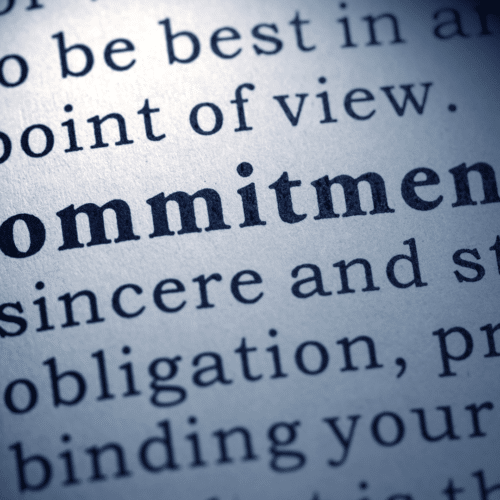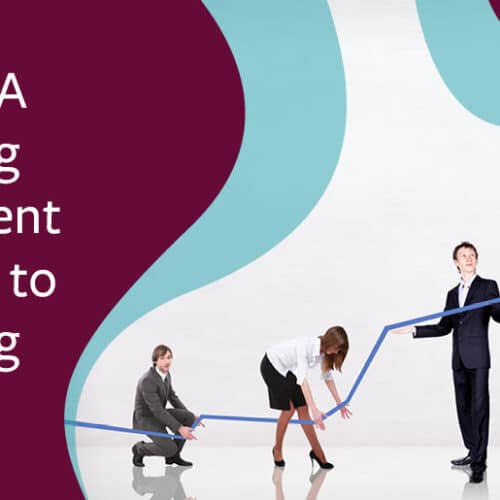
You finally did it. After long, hard work to cultivate potential donors, you’ve managed to move the needle and received a gift. And while you should savor your sweet moment of success, you should also already be thinking about what comes next. That’s where acknowledgements come into play.
Acknowledgements, otherwise known as thank-you’s, are vital to effective donor stewardship. It ensures that each and every donor finds value in their relationship with you. The relationships nonprofits have with donors are symbiotic, and mutually beneficial. While they lend their generosity, they are also making a difference in their community by supporting your organization.
Our most loyal supporters give and don’t ask for anything outright in return. But they still have expectations that need to be upheld – namely, recognition of their gift and how it’s helping your cause. It also helps them keep your mission top of mind. By practicing gratitude consistently with your supporters, they will be routinely reminded about the power of their gift.
To back this up with some numbers, The Institute for Sustainable Philanthropy conducted a study on the role of donor acknowledgements and found some data to support just how important this is.
- After a first one-time gift, thank you’s that made donors feel good about their action doubled the degree that they’re willing to make a gift later on.
- Average gift increased by 60% after donors who made an average of three gifts received a thank-you letter.
- If acknowledgments are done in a consistent and optimistic way, nonprofits will increase the positive association with their organization by at least 20%.
So we know why it’s necessary to incorporate acknowledgements into your fundraising communication strategy. But how do you properly thank your donors?
A good thank you consists of a few things. First and foremost, it should reinforce the emotional tie the donor has to your organization that caused them to donate in the first place.
The timing of the thank you that comes after a donation should be prompt. You don’t want your supporters waiting around, unsure of if their gift was received or not. The content should be beyond a donation summary – there’s an opportunity here to position your donors and the impact they have on your cause, and you need to use it.
The voice of thank you’s should be different from your appeals. While asking for donations should convey a sense of urgency or evoke sympathy, a thank you should feel positive and uplifting. There can still be a sense of urgency, but it should be more focused on hope and action. It’s also a good idea to personalize wherever possible. Of course, your letters and emails should be addressed to the first name of the donor, but including gift amount and even other past giving history will make it more intimate.
Need some creative ideas to incorporate into your acknowledgements? Keep reading!
Letter or Email
This one almost goes without saying, and is already part of many of our current programs. But it’s worth stressing how important it is! Immediately after receiving a donation online, donors should receive an email confirmation of their gift that includes the amount and a dedicated thank you. On the direct mail side, there should be a well crafted, sincere thank you letter. The signer of the letter could be someone who holds high importance to your organization, as their voice carries weight that could add extra emphasis of gratitude.
Video
A short video is a great way to visually connect with your donors and show your appreciation. By sharing a video with them that thanks them for their support, they’ll be able to see both the impact of their gift and the faces of those who it may be helping, whether it’s volunteers expressing their appreciation or those who benefit from your mission. Video can be a powerful emotional tool to remind supporters as to why they gave in the first place.
Phone Call
Picking up the phone to give a verbal thank you creates a space to connect with your donors in a relaxed and organic way. Consider asking for someone’s phone number when they make their gift. If they opt-in, a meaningful phone call can make someone’s day and build a lasting relationship with your organization. You can ask questions about why they gave, or what their personal connection to your mission might be. Getting to know your donors on the phone adds a personal touch that can go a long way.
Website Callout
Consider sharing some of your donors’ stories and why they give. While corporate sponsors or foundations are usually highlighted, this tactic can also be used to elevate individual donors. You could feature first and last name under a “Thank you to our donors” page on your website so that no one is left out, no matter the amount they gave.
Handwritten Note
Mailing a handwritten note from a staff member or volunteer can add an extra genuine touch, as donors can see both the time and the effort it took for someone to write this message to them. Feel free to keep it short and sweet, but it won’t hurt to add in details that speak to that person specifically, like their name and gift amount.
Annual Report
Incorporating a list of your donors in your annual report is a great way to immortalize their support. Not only that, but when sharing this with them as yet another form of thank you it will also help them see the power that their gift has had as they read about what your organization has been able to accomplish.
Anniversary Card
Note the date of a donor’s first gift, as it can be helpful information to have. Sending an anniversary card on the date of their initial contribution is a fun and creative way to celebrate their loyalty and remind them of their commitment to your cause.
The bottom line of acknowledgements is that they help inspire loyalty. So don’t let a simple thank you be the end of your communications with your donors. It’s not a one and done type of approach – following up in creative ways to share the impact of their generosity will go a long way. Thanking your supporters shouldn’t be just checking a box. Show your gratitude and actually mean it! By sharing your sincerity, you’ll create long-lasting and meaningful relationships with your donors – and increase the likelihood of them sticking around.




